The main reason most restaurants are not able to manage their finances and suffer losses is that they are not able to keep their restaurant costs in check. An inability of keeping the costs in check can result in huge losses and an eventual shutdown of the restaurant business. Restaurant Cost Control is essential as it allows you to identify the area of your expenses and take corrective and preventive measures to keep a healthy ratio between your expenses and finances.
What is Cost Control?
Restaurant cost control is a key part of your business. It is the analysis of your restaurant business’s financial performance. It consists of maximizing profits by setting achievable and realistic financial benchmarks. This entire process is accomplished by setting projections. You can compare these projections to the restaurant’s actual performance and then work on improving factors that are leading to a variation between the two measurements.
The costs themselves can take the form of food, liquor, other kitchen equipment, or other items that are usually one-time purchases.
Understanding your restaurant’s cost control can help you maximize the profitability of your business. It will also aid you in recognizing all the expenses and focusing on areas that skip attention. This can help save both money and time, which you can dedicate to other high-leverage responsibilities in your restaurant.
What Isn’t Cost Control?
Cost control is often misrepresented and misunderstood in the restaurant business. People often confuse cost control measures with cost cutting. When any restaurant business faces a sudden drop in revenue, the first attempt is to slash stuff and reduce product quality, advertising spending, and maintenance. On the face of it, these moves can protect the profits initially but end up diminishing customer experience, leading to fewer customers and diminishing the bottom line.
Cost control is a more thoughtful and planned out practice whose goal is to maximize profits and evaluate current processes, their implementation cost, and how to optimize is best to provide the best-in-class experience.
What is Restaurant Food Cost Control?
Cost controlling is the ongoing process of taking steps to lower a business’s costs to generate more profits. It’s not something you do once and then forget about. Food cost control, in particular, means figuring out how much food and drinks cost at your restaurant and finding ways to cut back on them.
With accurate cost control, you can predict future profits, determine goals, and make growth plans. You can also find out what factors affect your food costs and how to assess your ideal food cost percentage. These are important initial steps that will help you price your menu better.
The goal of controlling food costs is to find a way to make as much money as possible while spending as little as possible.
How to Calculate Your Overall Food Cost Percentage?
It can take a lot of time to figure out the cost of food in a restaurant. But staying on budget and figuring out your current costs could help you save time, cash, and groceries in the long run.
The best way to figure out how much your food costs is to divide your cost of goods sold (COGS) by your food sales and multiply by 100.
Food Cost Formula: (COGS / Food Sales) * 100
The figure you get will be in percentage. A balanced food cost percentage ranges from 25–35%. But don’t worry if your number is higher. If you spend more on food, you might not be spending as much on labor or rent, but in the long run, it all balances out.
How to Calculate Your Ideal Food Cost Percentage?
The actual food cost formula takes into account theft and waste by looking at how much food you have at the beginning and end of the day. But in an ideal world, no one would steal, and no food would go to waste. Therefore, the ideal food cost only takes into account how much each menu item costs and how much it makes.
The less food is wasted and stolen, the closer your actual food cost percentage is to your ideal food cost percentage.
The formula for determining the ideal food cost formula is:
Ideal Food Cost Percentage = Total Cost Per Item / Total Sales Per Item
You can figure out what your ideal food cost percentage should be by dividing your total food costs for a specific period by the total amount of food sales for that period. For example, if you spend $5,000 on food and sell $10,000 worth of food, your ideal food cost is 0.5, or 5%.
Highly Effective Restaurant Cost Control Strategies That You Should Be Employing
FnB and Labor are the two major expenses in a restaurant. In this article, we discuss in detail how you can track, manage, and control food and labor costs efficiently.
1. Tracking And Managing Inventory To Ensure Restaurant Food Cost Control
The first step of restaurant price control is tracking and controlling your inventory. It is essential to track the daily stock-in and stock-out and the actual consumption throughout the day. Monitoring the variance between the ideal stock and actual physical stock will help you identify if too much wastage is happening at your restaurant. A variance between 3-5% is standard; however, anything above that implies that too much wastage or even misappropriations may be occurring at your restaurant.
A smart stock and inventory management system comes in handy in this case, as it helps you monitor the Variance, gives you real-time reports, and also enables you to set re-order levels for individual stock items. This way, you only order the items once they reach a certain re-order level and eliminate the risk of over-ordering or under-ordering.
The inventory management system would also help you forecast your exact stock requirements, based on the stock consumption patterns of your restaurant. This way you can reduce any undue wastage due to over-ordering.
2. Purchasing Raw Materials On Credit To Reduce Costs
You can control your restaurant costs by going for minimalist cash transactions and conducting all your purchases through the restaurant’s account on a credit basis. Usually, the raw materials purchased in cash are less in quantity and can turn out to be expensive as compared to when you are buying them in bulk.
Purchasing the raw materials on credit is a good idea as it allows you to run your restaurant, generate revenue, and then pay off the credit for the money made.
Consider the Credit Period before deciding on your restaurant’s vendor. The Credit Period is usually around 15-20 days but differs from vendor to vendor. Remember to establish the ground rules of payment, ordering, and receiving.
Join a ‘Purchase Group’, if possible, to lower your restaurant costs. In a Purchasing Group, because of the sheer number of buyers, the suppliers often lower the prices.
It is also a good idea to have an annual contract with the vendors. This would not only help you bargain a better price with the vendor but also help in maintaining consistency in the quality of the raw materials.
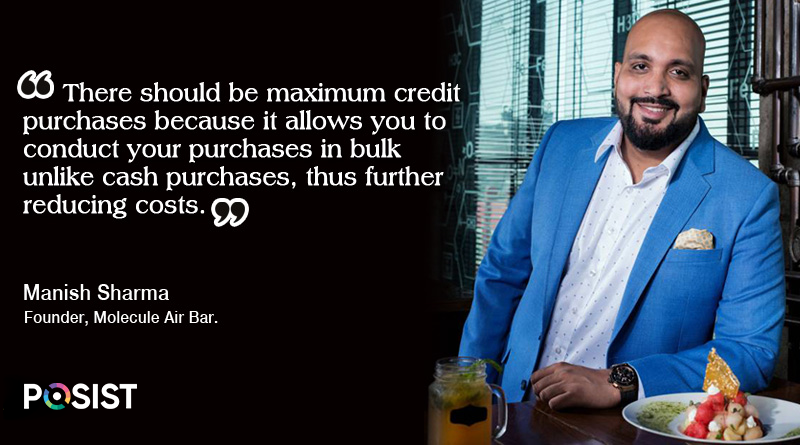
The operations of the restaurant and their service providers are critically dependent on each other, so it is imperative to maintain a positive and healthy relationship with them. You must remember that while putting a certain amount of pressure on the suppliers is necessary and inevitable; your restaurant cost control targets will fail at the cost of a healthy relationship that you may share with them.
3. Analyzing Stock Requirements Through Yield Management
You can implement Restaurant Cost Control and reduce your Food Costs significantly by merely giving attention to a slight detail that is often overlooked, yet is just as critical, namely Yield Management.
Yield management is an integral part of food cost control as it gives you the idea of how much quantity of raw materials would be used to prepare a particular food item. The raw materials should be ordered and purchased keeping the yield of the items in mind.
For example, the amount of raw meat delivered to your restaurant, and the amount of raw meat that can be consumed in a dish are different. While placing the order, you should keep in mind how many portions would a particular order of raw materials delivery.
4. Controlling Wastage Through Portion Control
Overproduction and big portions are the signs of wastage that lead to escalating food costs. You should have the tools to measure the portions and rigorous processes to control the size of the portion in order to control the price. Right plating of the food is also essential as the over-serving of food can lead to higher food prices and wastage.
We suggest creating a tracking chart based on these parameters:-
- Food Returned by the Customer
- Food Burnt in the Kitchen
- Food Spilled in the Kitchen or Floor
- Extra Portions that get thrown away
Once you start measuring these parameters, you can take corrective actions based on the results. For instance, if food is being returned by the customers, either you need to improve the taste and quality of the item, or start reducing the portion size served. If food is regularly being burnt in the kitchen, you need to train your cooks better or probably consider purchasing better kitchen equipment.
5. Controlling Labor Costs By Reducing Employee Turnover
Another tip for reducing your budget spent on labor and restaurant cost control is lowering your employee turnover. The restaurant industry witnesses one of the highest employee turnover rates, reaching as high as 75% in some cases.
Hiring a restaurant staff member needs a lot of resources, starting from conducting the interviews for recruiting them, and training them appropriately. But in a case, if an employee leaves your restaurant in the initial weeks only, all the resources that you had put in hiring the person goes waste.
So, while hiring new employees in your restaurant, your primary focus should be on quality hiring and on ensuring favorable conditions so that they stick around for a longer time. Spend time in hiring and adequately assess the candidates’ profiles when hiring them.
Also, ensure that you provide a good pay structure, give recognition and rewards to your restaurant staff so that they may be motivated to continue working at your restaurant. This would help you bring down your labor costs.
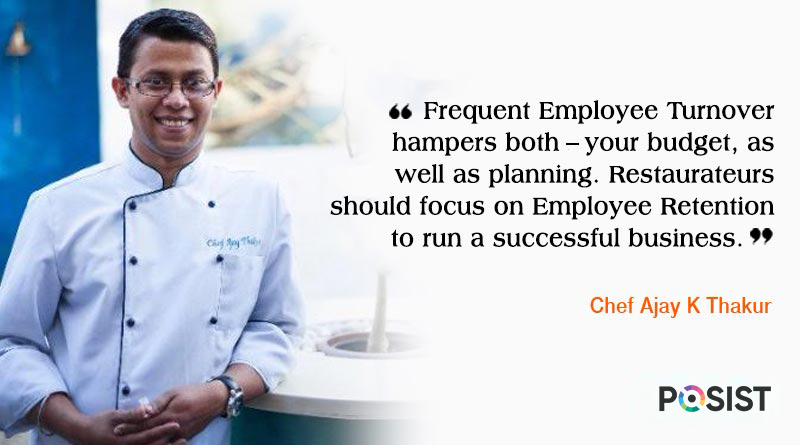
6. Automating The Manual Processes
Accepting and placing the orders, and billing has always been considered a labor-intensive task. When done manually, it leaves scope for manual mistakes and also consumes time. A smart restaurant management system which automates the entire ordering and billing procedure, right from automated Tablet Ordering to instant billing, reduces the need for human resource required to perform these tasks.
Having a restaurant management system, that comes with a kitchen display system will also reduce your dependency on manual labor to a great extent which in turn will reduce your expense on the labor. As soon as the order is placed in the POS, it gets instantly reflected on the kitchen screen in real-time.
In addition to this, if the customer changes his order after placing it, all the changes will get reflected in the KDS in real-time as well. All these will nullify the need for the server to run to and fro from the table to the kitchen to hand over the Kitchen Order Ticket KOT.
7. Evaluating Your Staff Performance To Increase Efficiency
Monitoring and measuring your restaurant staff performance is essential to identify the areas where they are doing well and the areas where they could improve. Decide the Key Performance Indicators for your restaurant staff and track them religiously to see if they are delivering their duties as per the expectations.
A restaurant management system equipped with the staff Management feature would help to monitor your staff performance and provide you with the data to train them better for improved efficiency. This will, in turn, improve your revenue and justify the costs.
You can define Key Performance Indicators (KPI) for each staff based on the jobs they perform. For instance, the KPI for a chef can be keeping the food costs under the standard percentage, say 30%. Similarly, for a server, you can set the KPI of ensuring sales worth INR 10,000 per day. These KPIs need to be created as per your business, and you need to analyze the POS reports to set a benchmark.
The overall efficiency of your staff would improve and this would help you cut down your labor costs.
8. Controlling Internal Thefts And Pilferage
One of the significant areas where restaurants lose out on a lot of money is internal thefts and pilferage. The lack of automation and reporting often leads to rising costs. There are multiple ways internal thefts happen in restaurants, and the restaurant owners are not able to identify the point where the thefts are occurring. For example, dishonest staff members can alter the number of sales that happened on a particular day and pocket the billed amount for themselves, or keep certain inventory items for themselves. One way to control this is to assign roles and permissions for each activity and keep a strict view of the daily reports.
Find out the other ways internal thefts happen at restaurants here, and the ways you can control them.
A robust restaurant management software would help your restaurant in fighting against the odds of theft and pilferage. The Anti-theft module would help your restaurant in managing the staff activities, and keep a check on the loopholes present in the operations of any restaurant or bar.
9. Daily and Weekly Reporting To Keep Track Of Restaurant Costs
Another important tip that you have to follow is to keep regular track of your overall restaurant business. Real-time reporting comes extremely handy in this case. By keeping track of the numbers and through regular reporting, you would be able to have air-tight control over your business and identify the areas of revenue leakage and simultaneously keep a lookout on sales-purchase reports.
The purchases-sales report should be audited on a weekly or fortnightly basis depending on the size of the restaurant.
Along with it, there is also a need to monitor the monthly sales report that gives you details of the sales performance of individual menu items. You should ideally weed out the low-selling, high food cost menu items every so often to reduce wastage.
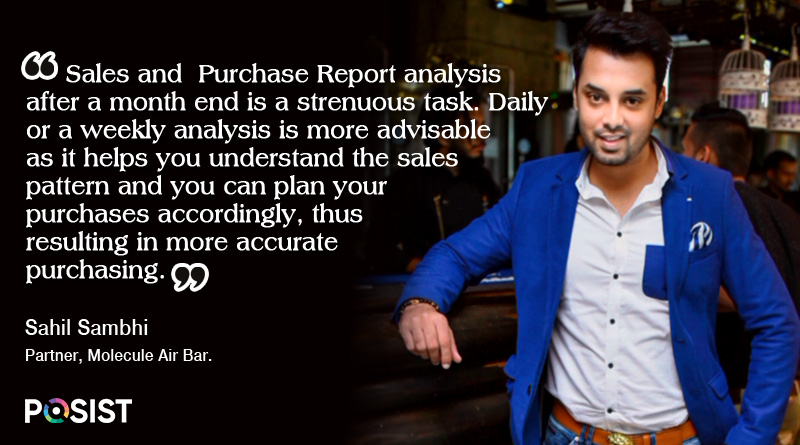
Other areas where the significant capital bleed in any restaurant happens in accidents and spillage. Make sure your kitchen/bar/restaurant layout is free from any obstacles that may create a hindrance for your restaurant traffic during peak hours. The floors too must be anti-skid in order to prevent any kinds of accidents.
10. Track and Manage the Quality of the Raw Material
Reporting and accounting are important for all restaurants because they help figure out what items are needed, in what quantity, and at what time. Reporting tools can help you track the amount and cost of raw materials purchased and meals prepared and supplied to the restaurant.
A good restaurant point-of-sale software offers reporting and accounting features that put together regular data on a restaurant’s operations, such as new orders of raw materials, wasted products, and used and unused items, among other things.
Implement these tips in your restaurant’s budgeting and price control measures and let us know how they worked out for you in the comments below!
Check out this case study on Asia’s largest microbrewery, BYG Brewski, which talks about how they were able to reduce their costs by identifying the areas of wastage and revenue leakage.


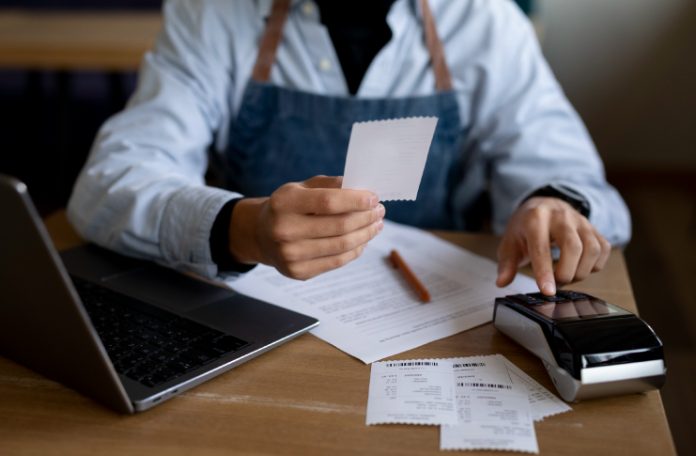
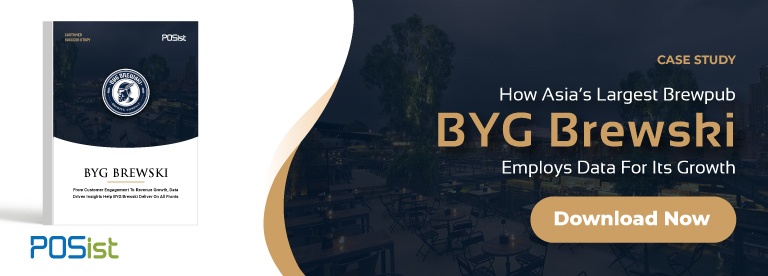














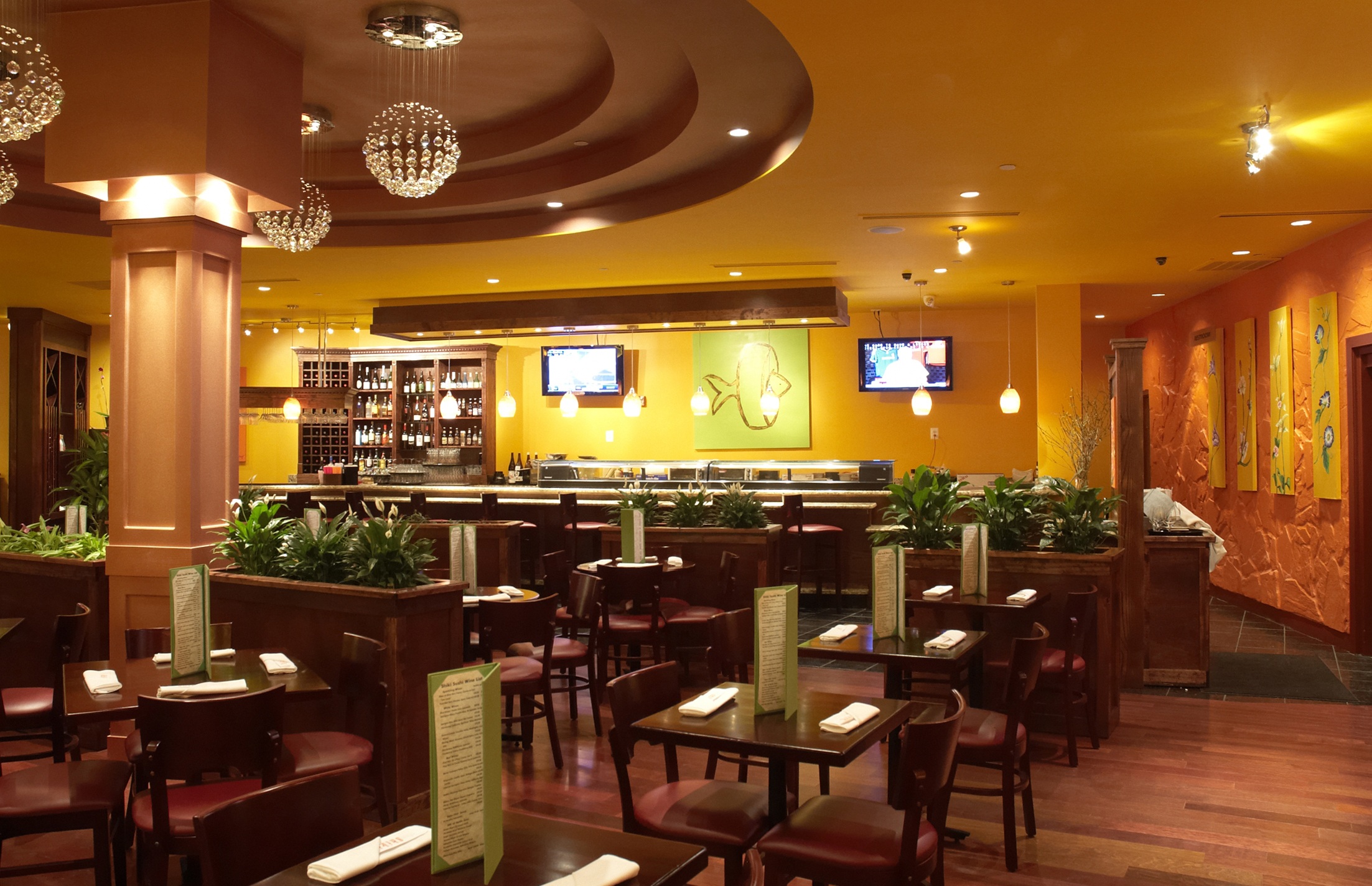
very nice
very nice
There are various hidden costs that bleed the restaurant dry. This article is very well crafted and will inform the restaurant owners of the restaurant costs and how to keep them under control. I would, however, like to add that the expenses incurred behind the restaurant staff also has the potential of burning a hole in the cash register. Hence, it is recommended that you try and run your restaurant with limited permanent staff and call in for part-time or seasonal restaurant employees to manage the rush during the festive season. Such actions will help you control your restaurant cost to a great extent. 🙂
When it comes to food orders, the harder you’re willing to work, the more you can save. Keep track of the food prices around the world and things that can affect the price of food. In the cooking process, some by-products and food waste are inevitable, but some chefs are finding creative and innovative ways to incorporate those by-products into their dishes. The article is very well explained especially the quotes. Good Read.
Thanks for the information, very useful indeed. Days of restaurant cost control excel sheets are gone, everything can be done automatically with the help of the pos software.
Food cost seems to be the most difficult aspect to manage for any restaurant owner. I like how this article gives detailed information about managing the food cost and keeping it in check!
Thanks for the good information about food cost. I am not handelling this right now. But I have been in this field for 10 years. 1 example I will share which I realise. 1 cook helper use to change the deep frier oil when it’s come black. It’s about 7_8 litre. 1 day when I go inside kitchen for dinner with plate on hand to get food. The cook helper is ready to throw the oil. We have 2 sides to put oil. At the same time cook tell don’t 1 throw that 1. But the helper is telling both are black. Look it’s took black you can see. At the same time time. Cook pick a big spone and put inside the oil pick it out and poure it down and tell see the different of colour of both. This 1 you throw now that throw tomorrow. Cook tell me he did not ask always throwing fast. His duty is to change soo he change fast.
That’s the main reason for control cost we should also have proper staffs.
Janga thapa. Waiter in dubai.
Bhot ache
It is really a nice article about cost control can help people to cut down cost at their restaurant if followed properly. FIFO method also help to reduce food cost.Thanks for the lovely article.
how can we reduce food cost in buffet restaurant. anyone told me plz
First of all thanks to this lovely article I want to add few things in your article.
To control the cost of your restaurant business check the raw material receiving for accuracy and corrective quality , because bad quality raw material also hampering your quality and service both and keep, we can’t rely on vendor’s for the quality we have to check it by our quality management administrative.
Very informative and well-articulated post. Thank you.